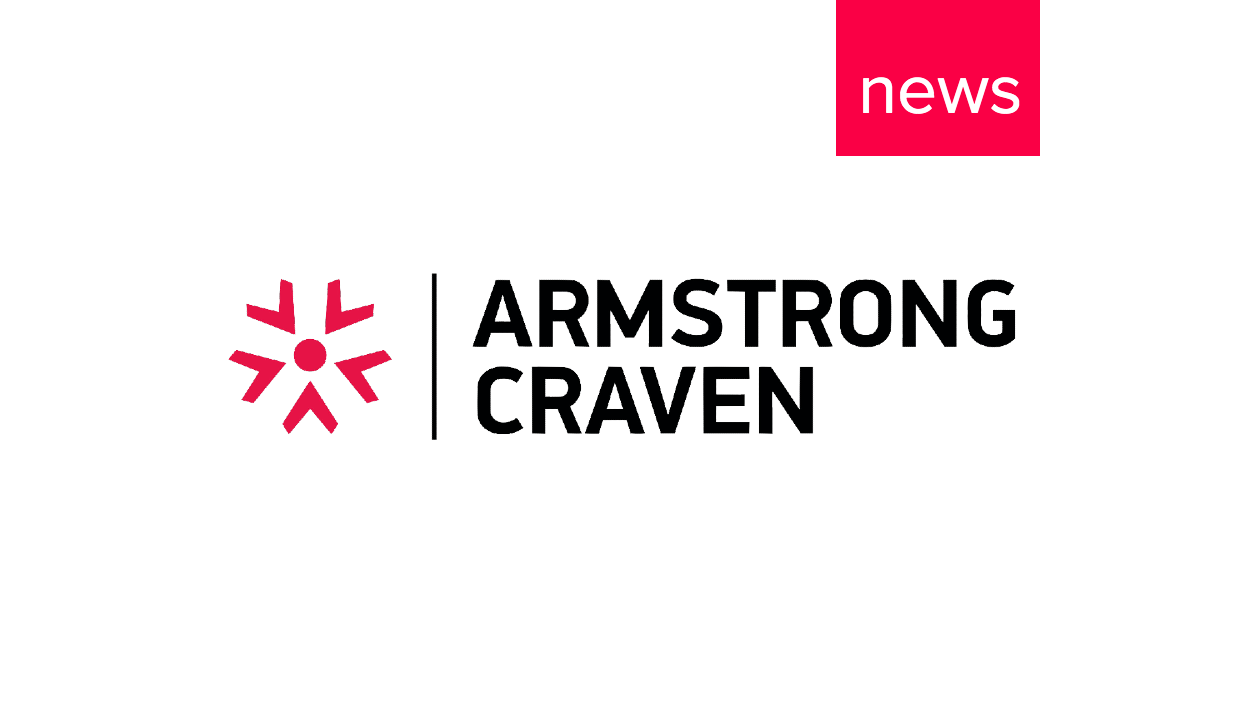Why Executive Searches Fail
06 Jul, 20155 min
You thought it was only the call centre industry where abandon rates matter? Think again! Every year, an astonishing number of executive searches are cancelled by the client before completion, at significant expense to organisations.
Politicians are notorious for their U-turns, but they happen just as frequently in the world of work. Sometimes business needs change legitimately. However, short-term thinking, knee-jerk responses to crises as well as poor internal communication are just a few of the reasons for this shocking wastage.
The U-turn
Most search firms will still charge at least two thirds of the full fee for a search once it has commenced especially if they have started to submit candidates. So pity the HR team who, having briefed their Search partner, committed the budget and timetabled the selection process, are forced to withdraw projects because “there’s been a change of plan!”
What they often mean of course is that there has been no planning whatsoever and decisions made in one part of the organisation are glibly overturned by another. Perhaps people simply change their minds because they have not applied sufficient thought to their original decision.
Or, that whilst it’s been agreed that there will be a centralised approach via the talent acquisition team, they discover that a manager has commissioned a retained search to ‘test the water’ to benchmark an internal candidate – when the talent acquisition team could have offered this service on different terms thus saving money.
Lack of talent planning
The fact that global businesses still routinely inform us that 25% of their search spend is for halted searches is remarkable in the current climate. It demonstrates that whilst leadership risk is a top concern that robust succession management and strategic workforce planning eludes many organisations.
Yet the fact that 67% of UK companies confess to having a concern, and the majority of these are not addressing gaps in the internal succession plan, is a clear indicator that this risk is not translating into meaningful planning about talent requirements and too many leaders are still making hiring decisions on the fly. A dangerous thing in today’s leaner organisations where a poor performer, in a critical position, could be the difference between success and failure.
Moving towards more intelligent resourcing will save companies time and money. More importantly; it will result in better talent acquisition outcomes. Too often, businesses jump to conclusions about the role they need to fill, or the profile of the ideal candidate, working in a vacuum with little consideration of the external talent market.
Understanding the external landscape (where to find the skills and capabilities needed to execute that business strategy and knowing what good leaders look like), is crucial. It provides context for resourcing strategy; thus assisting companies in determining whether a hire is necessary and, if so, how the role should be defined.
Need for insight
It seems strange that marketing departments go out of their way to discover every detail of their competitors’ product strategies and manufacturing processes, yet in the world of big data and HR analytics, leaders and their HR teams don’t place more emphasis on insight and identifying the outstanding talent that will give them competitive edge.
Organisations plan ad nauseum – budgets, sales forecasts, operational strategy, growth targets – but the part of planning that relates to people is not robust. Too many leaders are in more than one box in the succession plan, mobility (or lack of) is not accounted for, and all of this rarely validated with external benchmarking to understand what is achievable or desirable in response to business needs.
Intelligent talent and succession management remove the need to ask, “What does good look like?”, “Are we best to appoint from within?” and “Where shall we look?” each time a vacancy arises, because it brings a clear view ahead of need. You know where to find the best leaders, you understand their motivations and aspirations, how to attract them, and often in doing so, you have pre-qualified whether they would be a suitable cultural, operational, or strategic fit.
A holistic approach
Benchmarking in this way mitigates against leadership and talent risk. It enables organisations to gather intelligence about the best people and start to build meaningful relationships with them, so when the time comes to hire the search process is simplified, the short-list is higher-quality and business continuity is protected.
It means that succession of key roles can be properly managed and shortfalls in home-grown talent are identified.
In organisations where talent strategies are more advanced, particularly where this information is used to create better internal and external talent pipelines, search can begin to be viewed as one part of an ongoing and holistic process for finding, understanding and securing more of the right people, instead of a discrete activity.
When searches are instigated, business needs will have been foreseen and properly considered. Drawing on existing intelligence as a starting point, the search provider can work more co-operatively with the client in a partnership that drastically reduces the number of searches subsequently abandoned, and focuses on producing the right outcome for the client every time.
Speak with an expert
If you want to learn a little more about what we do and how talent research can help you make better-informed business decisions, our team of talent research and consulting specialists are happy to help.






